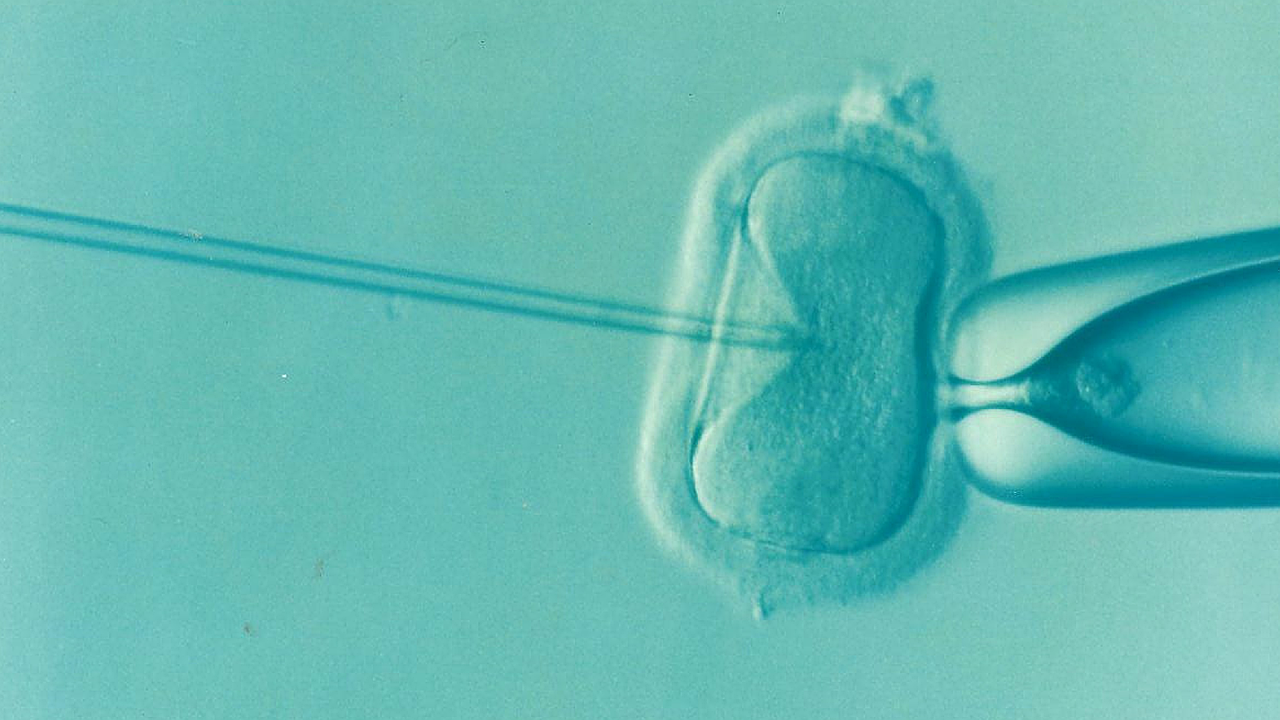This year saw a breakthrough discovery in the field of developmental biology by a team of scientists led by a Polish researcher – Prof. Magdalena Żarniecka-Goetz. Human embryonic development (embryogenesis), which lasts about eight weeks, can be divided into three key stages: fertilization, cleavage, gastrulation and differentiation. This is when a single cell undergoes tightly controlled divisions giving rise to a functional organism. It is also then that many processes can go wrong, consequently causing serious genetic diseases. This process is of great interest to scientists trying to understand the basic principles of human development which is often incredibly difficult, due to the strict regulations that accompany research in the biology of human development.
14-day limit
Currently, the law allows human embryos to be cultured outside the mother’s body for research purposes for 14 days. This is because 14 days after fertilisation, the nervous system begins to develop. Until recently, growing embryos under these conditions was incredibly difficult and often failed after 7 days. That is until 2016, when Prof. Magdalena Żarnecka-Goetz and her research team developed a novel method that allows embryos to survive for up to 14 days, thereby allowing observation of the changes that occur in them once they have implanted in the wall of uterus [1]. This was a groundbreaking discovery, as Prof. Żarnecka-Goetz’s team disproved the hypothesis that once the embryo is implanted, the mother’s organism sends out some kind of signals causing its cells to differentiate. However, the experiment showed something else, namely that it is the embryo that has the recipe encoded within itself as to how it is to develop further. Prof. Żarnecka-Goetz has not settled on her laurels, however, and recently made another amazing discovery in the field of developmental biology.
A revolutionary scientific model
Last month, a team led by Professor Zarnecka-Goetz from the University of Cambridge made a stunning discovery – the creation of an embryo-like organism from stem cells. In science, this type of model is referred to as a synthetic embryo, as it is a creation made only from stem cells. However, this term can be somewhat misleading, as the model is neither synthetic (the stem cells originally came from an embryo) nor identical to an embryo (synthetic embryos are different from naturally formed embryos) [2]. In an article for Newsweek, Professor Żarnecka-Goetz emphasises that the model she has created is not an embryo, but only resembles one [1]. The professor is aware that such simplifications can arouse unnecessary emotions [1].
The genesis of the discovery
Prof. Żarnecka-Goetz has been researching embryos, mainly mouse embryos due to their greater availability, for more than 20 years. In the past, her research group and a competing group of scientists from the Weizmann Institute in Israel demonstrated that mouse stem cells can be mobilised to spontaneously form early embryo-like structures with a digestive system, the beginnings of a brain and even a beating heart [3]. Since then, a number of research groups have succeeded in repeating this experiment using human cells and observing the early stages of development. Prof. Żarnecka-Goetz’s models follow single embryonic stem cells that have made it to the beginning of the developmental phase called gastrulation, when the embryo ceases to be a continuous sheet of cells to forming distinct cell lines and setting up the basic axes of the body [3]. At this point, these quasi-embryos were cultured to the equivalent of 14 days – the legal time limit for naturally formed embryos regulated by law [2].
Ethical conundrums
Discoveries such as these, highlight how quickly scientific developments in the fields of developmental biology and human embryology have overtaken the law. Scientists in the UK, where such a discovery occured, are rushing to voluntarily outline guidelines to govern work on synthetic embryos [3]. Lovell-Badge – the UK biologist responsible for the groundbreaking co-discovery of the sex-determining gene SRY on the Y chromosome in mammals – mentioned in an interview with The Guardian ‘If the whole intention is that these models are very much like normal embryos, then in a way they should be treated the same. Currently in legislation they’re not. People are worried about this’ [3]. Another issue is also the unanswered question of whether these structures can develop into living organisms [3]. Prof. Żarnecka-Goetz’s previously mentioned experiment on synthetic mouse embryos proved that they were confusingly similar to natural embryos, but when implanted in the uterus of a female, they did not develop into a living organism. In April this year, scientists in China implanted synthetic embryos created from monkey cells into the uterus of adult monkeys, several of which showed initial signs of pregnancy but none of the embryos developed for more than a few days [3].
There is no doubt that this topic arouses strong emotions in the wider public, but it should not be forgotten that research on synthetic embryos can provide us with a great deal of key information used, for example, to better diagnose and treat emerging embryonic disorders, to develop more effective in-vitro fertilisation methods than we have today or to explain the causes of early miscarriages [1]. The subject is certainly not an easy one, and appropriate legislation is crucial at this time to outline guidelines and properly govern experiments on synthetic embryos.
References:
- Romanowska D. Hidden in the embryo. [Internet]. 2017. (newsweek.pl). Available from: https://www.newsweek.pl/zdrowie-i-nauka/nauka/ukryte-w-zarodku/bsdlyln
- Wilson C. What are “synthetic embryos” and why are scientists making them? [Internet]. 2023. (newscientist.com). Available from: https://www.newscientist.com/article/2378553-what-are-synthetic-embryos-and-why-are-scientists-making-them/
- Devlin H. Synthetic human embryos created in groundbreaking advance [Internet]. 2023. (theguardian.com). Available from:
https://www.theguardian.com/science/2023/jun/14/synthetic-human-embryos-created-in-groundbreaking-advance
Wiktoria Bulik


